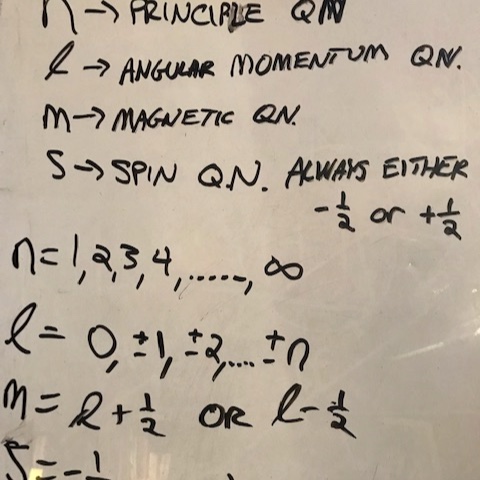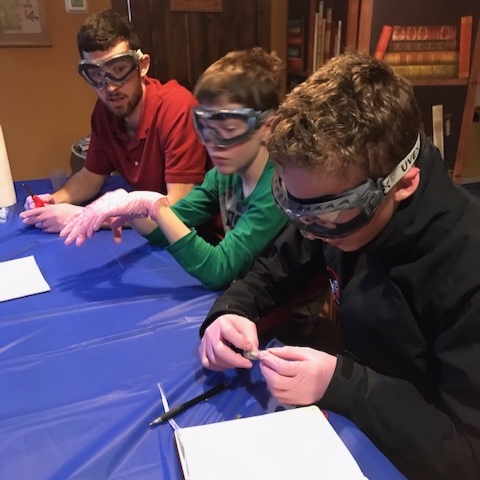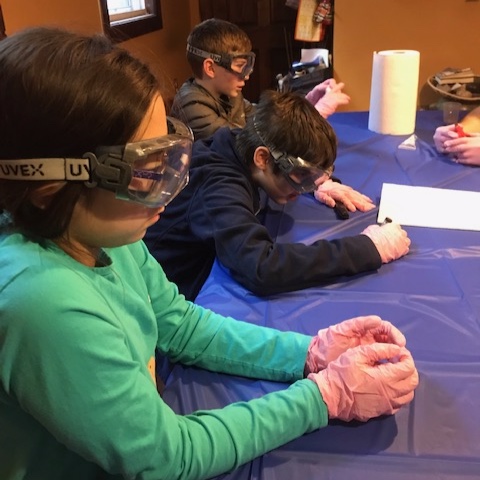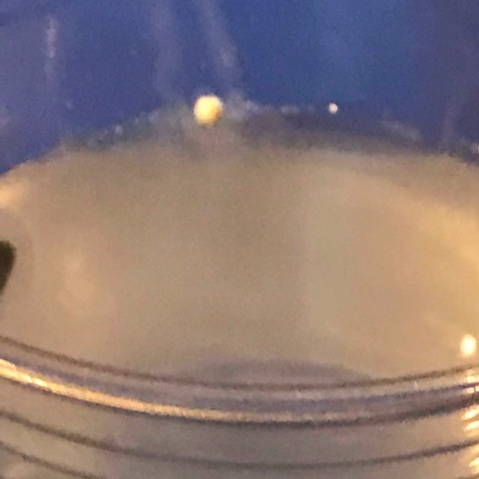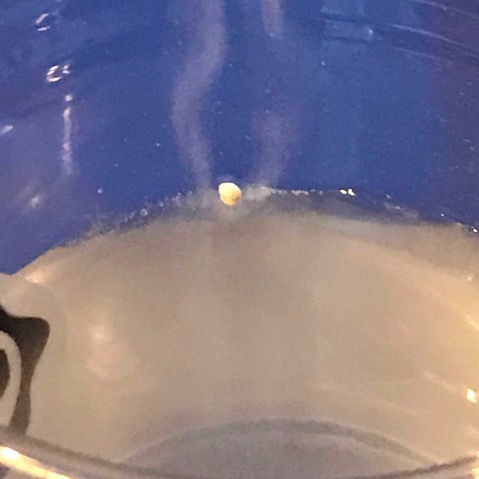The periodic table and its fundamental properties
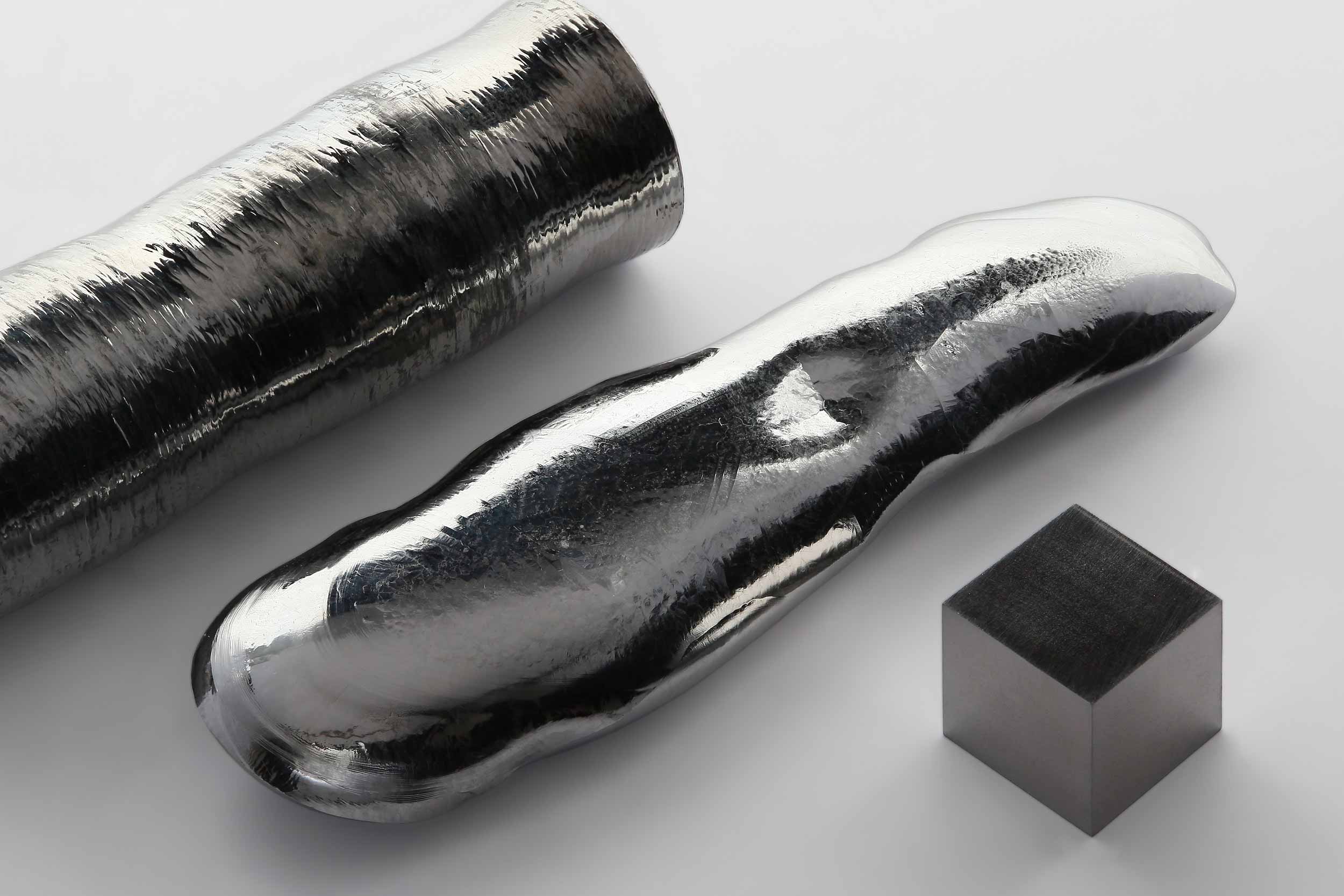
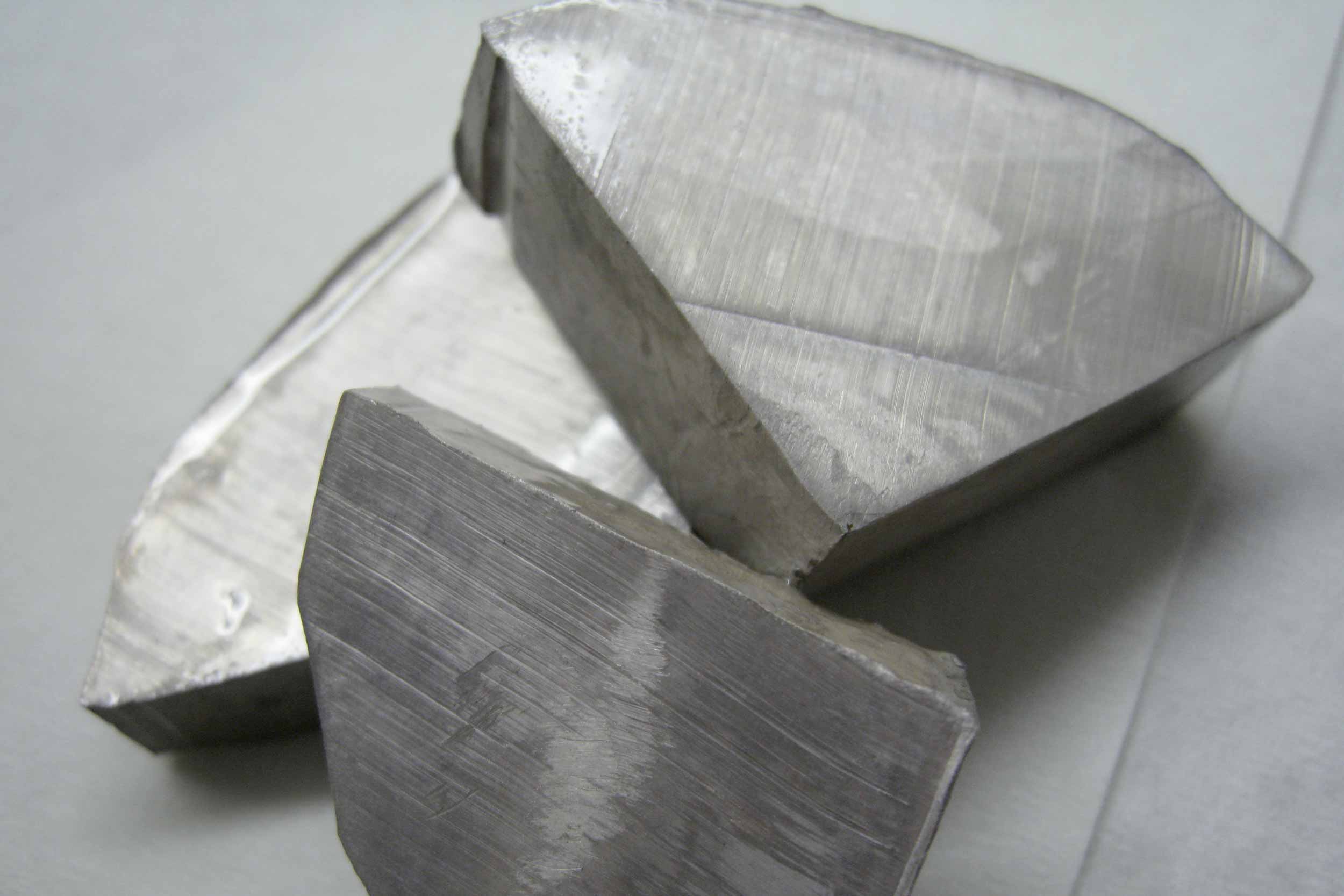
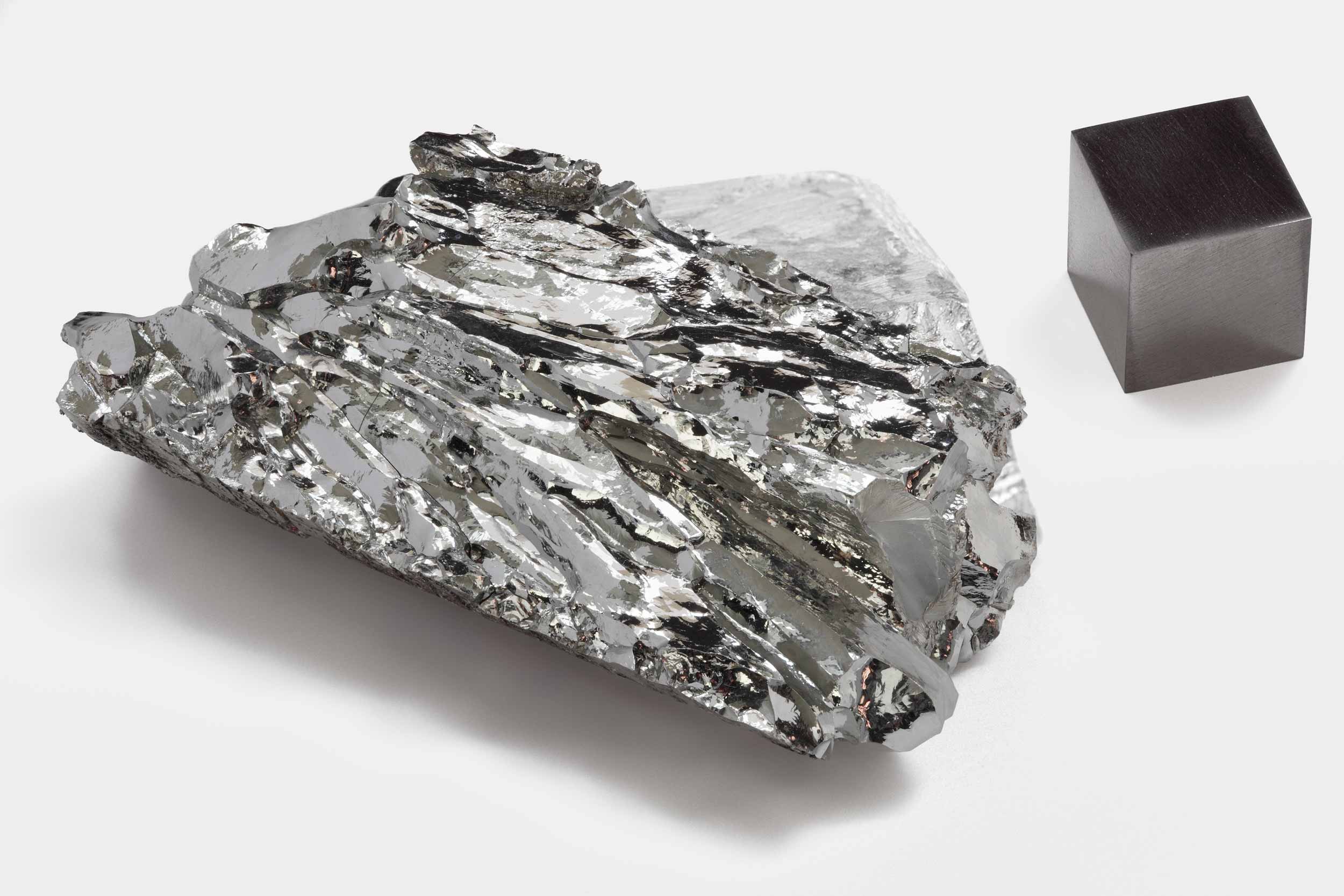

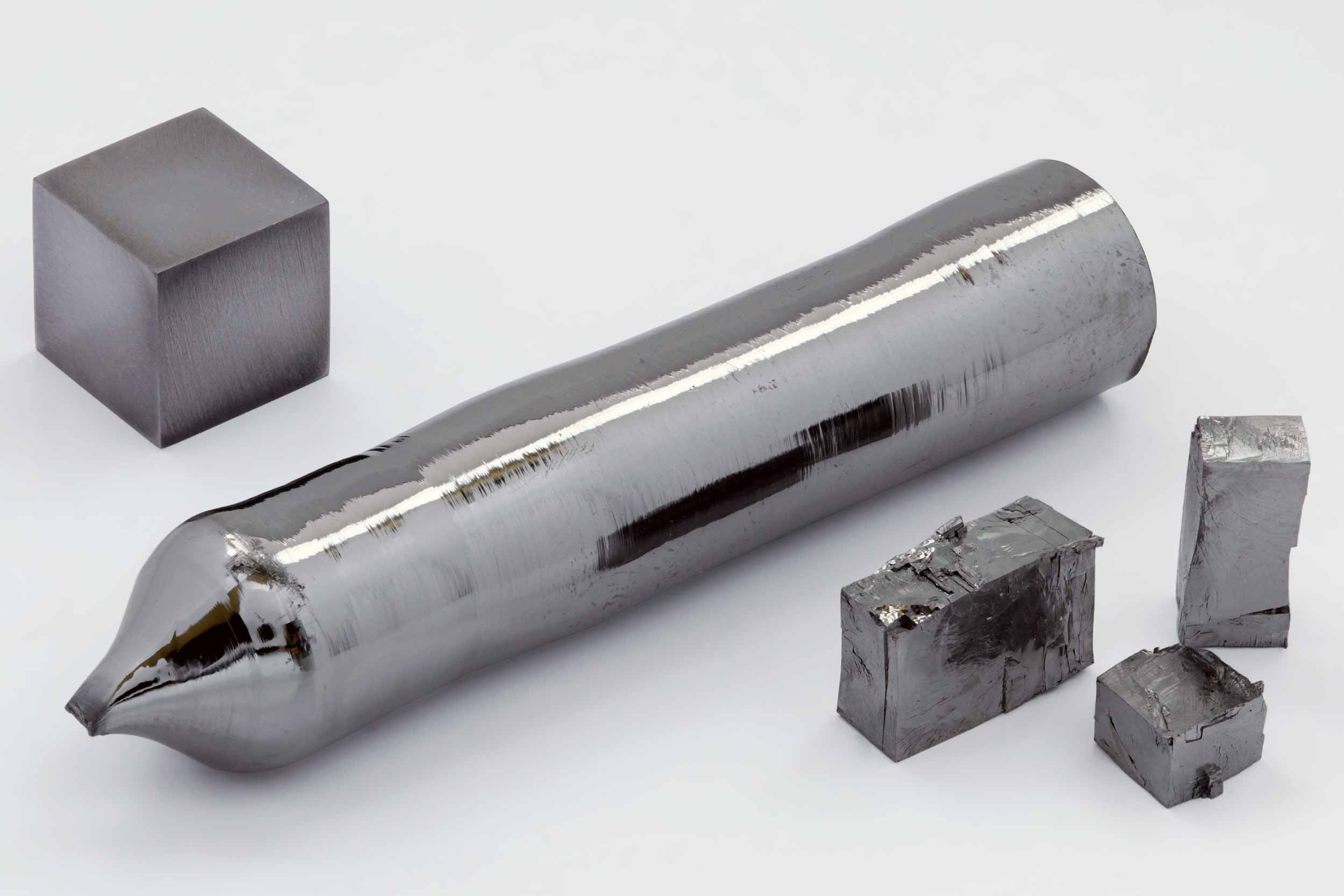

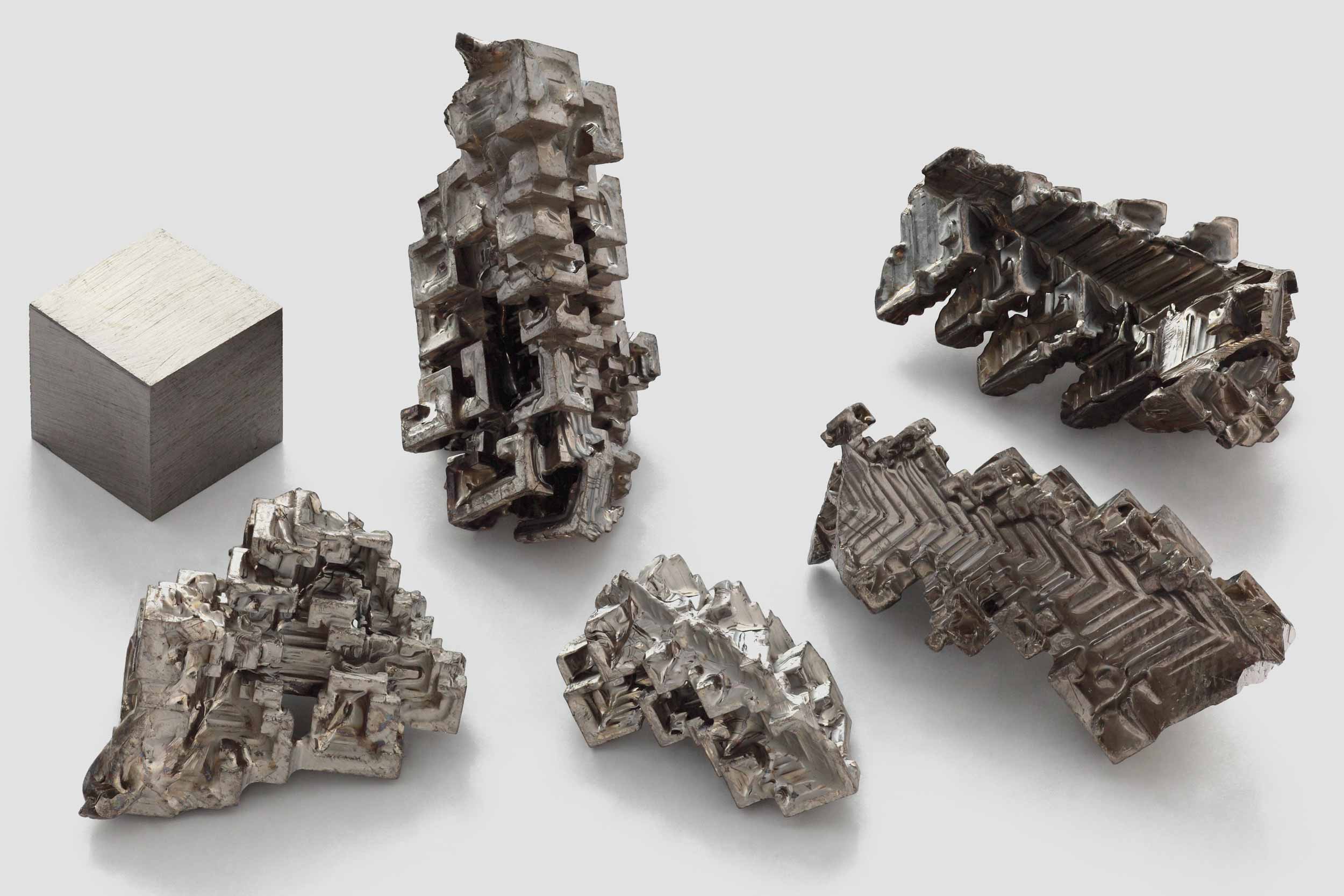
In today’s session, the periodic table and its fundamental properties were introduced to the students. The trends of properties such as atomic radius, ionization energy, and electron affinity were shown on the table.
Elements were categorized as metals, transition metals, and non-metals.
Lastly, the electron was introduced not as a particle, but as a combination of four quantum states. This is an advanced concept that the kids were able to grasp. An electron is defined by four quantum numbers: the principle quantum number, the angular momentum quantum number, the magnetic quantum number, and the spin quantum number. The integer values these numbers can have define the state an electron is in. The periodic table beautifully shows these states – it’s what makes the periodic table so fundamental and stunning in its seeming simplicity.
As an experiment, we carried out the reaction of sodium in water first at room temperature and then with near boiling water. When placed in water, elemental sodium is oxidized (it loses an electron) to form sodium chloride and hydrogen gas. (Hydrogen is reduced). This reaction is great because without telling the kids what the products are, they were able to deduce them based on observations. The gas rising from the water was correctly ruled not to be water vapor, but instead hydrogen gas, which comes from water molecules. The sodium metal disappeared, which means it must have changed into something that dissolves. By looking at the periodic table, the kids deduced that sodium “wants” to lose an electron, so it probably changed to Na+1, which readily dissolves in water. As it turns out, the kids were spot on! As a bonus, we added sodium metal to very hot water to show the explosiveness of the reaction. Just a tiny amount of sodium produced flying sparks!

